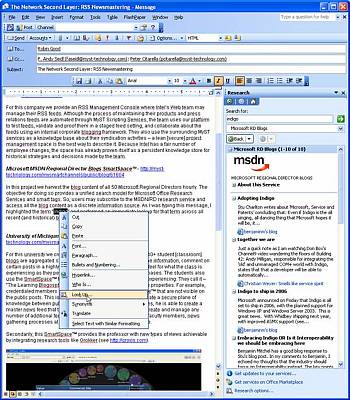Apparently there's a number of places online that say this can't be done. We needed to be able to add pages to an existing application that were basically "sub-applications," and they'd have their own /bin folder, but still be in the same VDIR and participate in the same IIS Application.
So instead of:
/webapp
default.aspx
foo1.aspx
/bin
app.dll
foo1.dll
We could have
/webapp
default.aspx
/bin
/mysubapp
foo1.aspx
/bin
foo1.dll
If you try this directory layout as is, you'll get a "Parser Error" as ASP.NET freaks out due to its inability to find the code-behind for foo1.aspx.
However, if you add a private probingPath to your web.config:
<configuration>
<runtime>
<assemblyBinding xmlns="urn:schemas-microsoft-com:asm.v1">
<probing privatePath="mysubapp/bin" />
</assemblyBinding>
</runtime>
<configuration>
And, tell your ASPX page where it can find it's code-behind file BEFORE the System needs it for the Inherits= attribute in the @Page directive:
<%@ Assembly Name="Foo1" %>
<%@ Import Namespace="FooNamespace" %>
<%@ Page language="c#" Trace="true" Codebehind="Foo1.aspx.cs" AutoEventWireup="false" Inherits="FooNamespace.FooWebForm1" Debug="true"%>
You'll be all set. Slick. Of course, this is all ASP.NET 1.1, and everything changes with 2.0 and the "/Code" directory, but it's still slick IMHO, and allows for a level of flexibility that I haven't seen before. It also keeps your man/bin nice and tidy if you've got folks "plugging in" other pages to your web app.
Hosting By

 Here's an interesting thing.
Here's an interesting thing. 